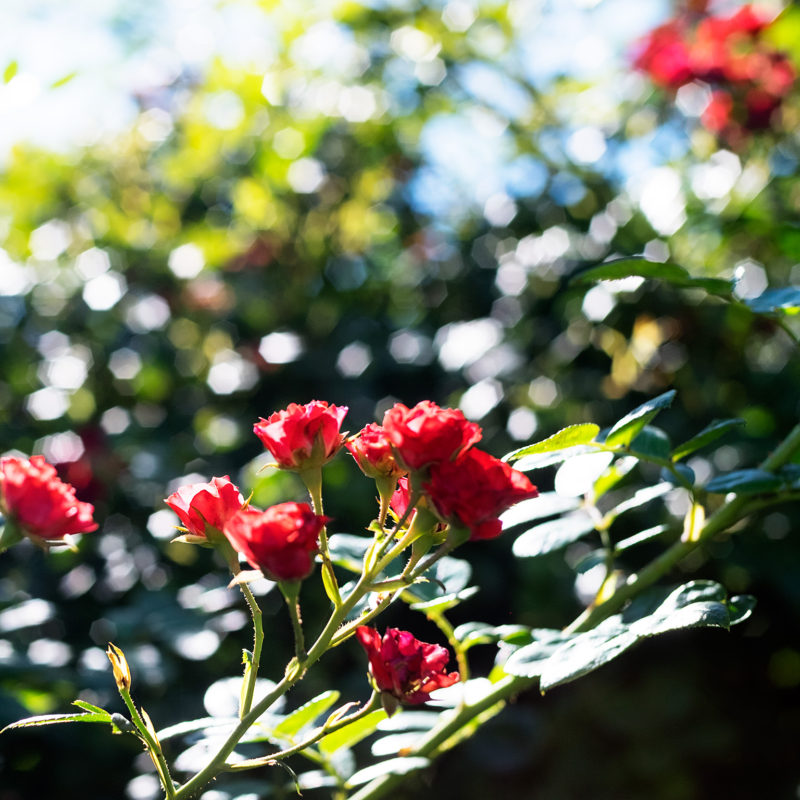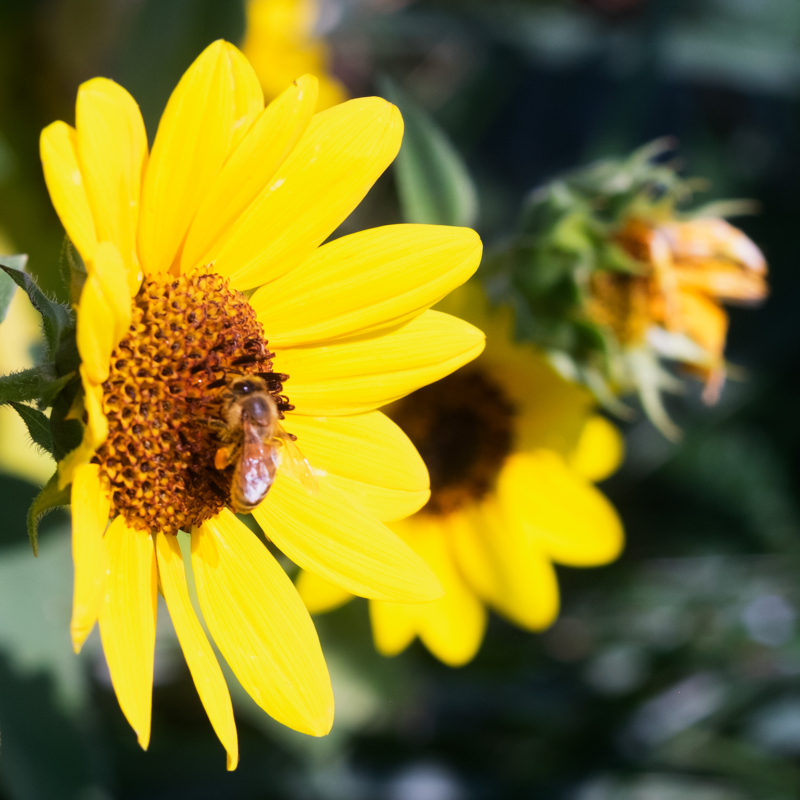
Five rolls of negatives were returned to me this week. I spent a few minutes looking through them, after reviewing the scans. I came away with a few notes, but need to formalize them.
There are a few good frames in the set. It is probably about my average hit rate. I would like to move that hit rate up, but that is probably another story.
A number of frames were significantly underexposed, both the Pentax 645Nii and the Nikon F2as. These were generally frames that had a lot of sky in them and I think it biased the in-camera meter. I would get a better result if I opened up the aperture a stop or two. (Note taken…)
I missed focus on a few frames. The take away is to be very careful when focusing, particularly the Bronica. I have a bright screen to put in the Bronica and need to get that done before I take it out again. It will help.
I replaced the screen in the Pentax with one that has a split-image/microprism cell in the center of the frame. This is going to improve my ability to focus the camera.
I need a light table and loupe for review of my negatives. I think there is a light table buried in the garage (in a box) somewhere. However, the technology has changed (for the better) since I bought it, so I will buy a new one. The LED lamps are so much better than the micro-fluorescent tubes of my original.
In the meantime, I made the capture with my F2as and a Nikkor 35mm f/1.4, probably using a filter (not recorded) and I did not record the exposure. The film was Ilford XP2. It is a good frame.
We were on the hills between Carson City and Washoe Valley. I have a few more good frames from that outing.
It was a good day. Life is good.

